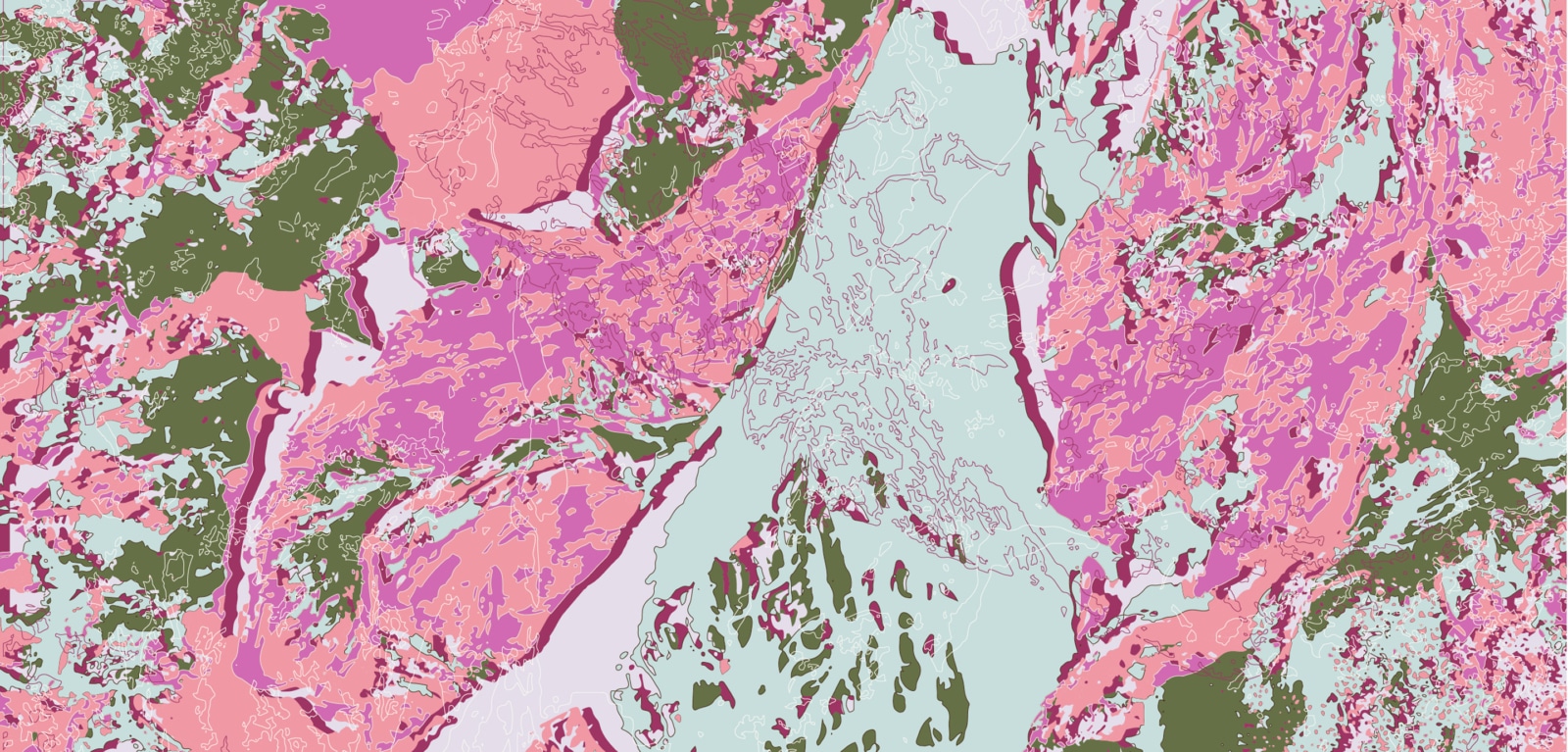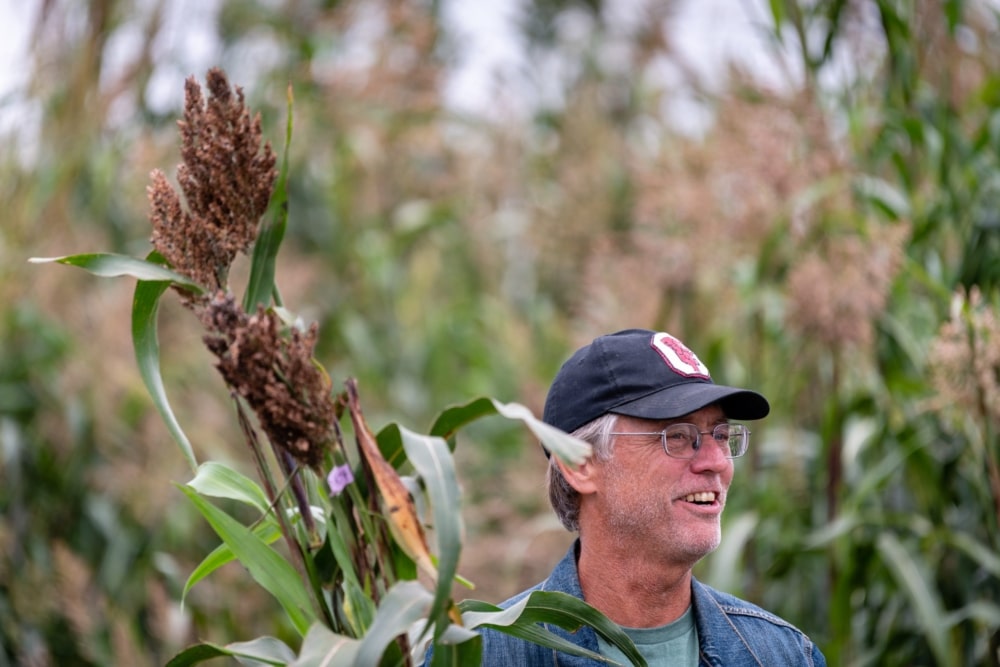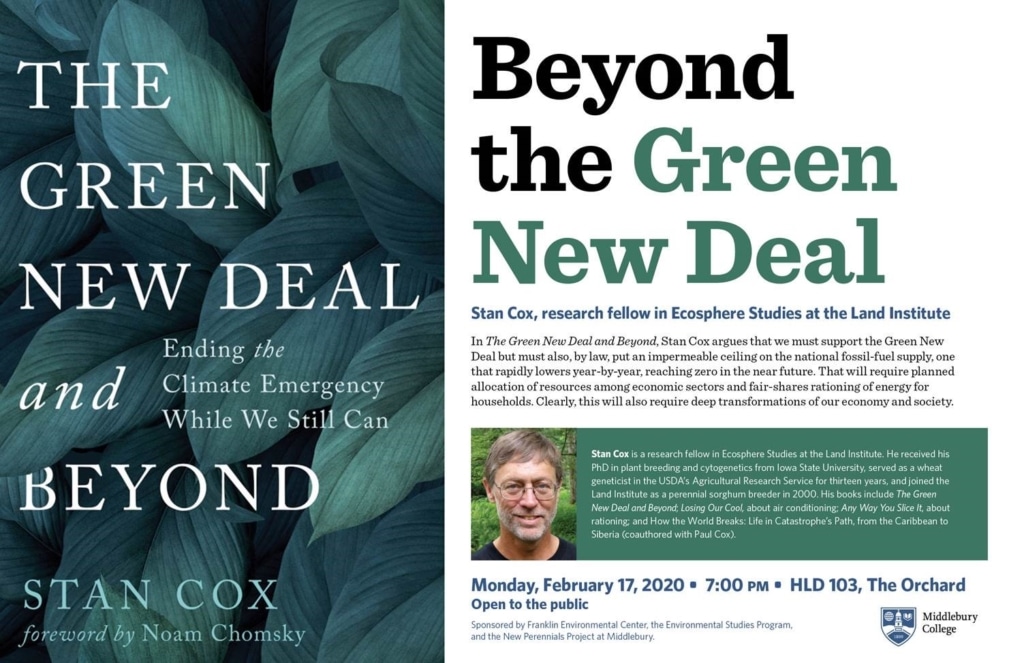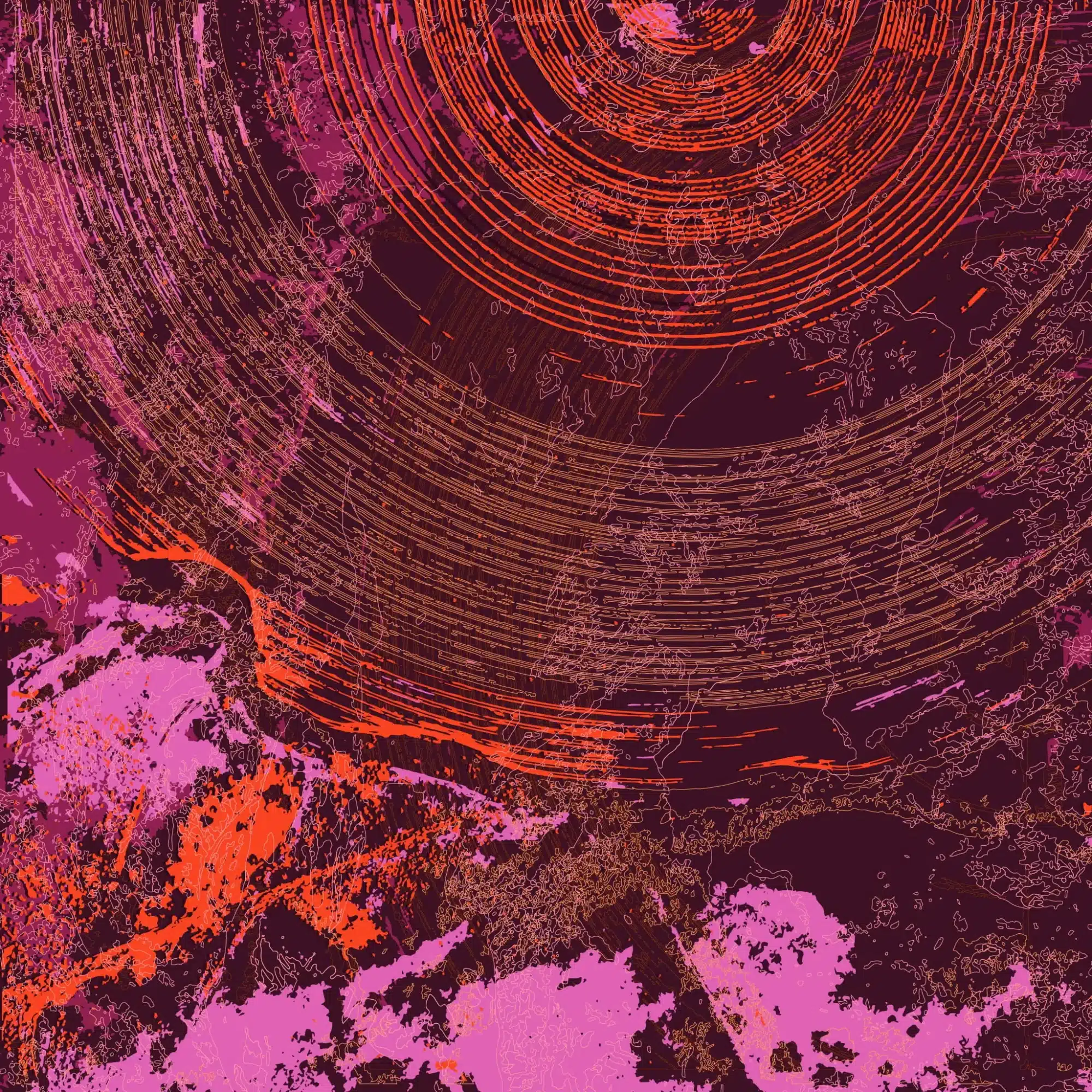Post
Intermediate wheatgrass as a dual use crop for grain and grazing



Stan argues in his latest book, The Green New Deal and Beyond, that we must support the Green New Deal but must also, by law, put an impermeable ceiling on the national fossil-fuel supply, one that rapidly lowers year-by-year, reaching zero in the near future. That will require planned allocation of resources among economic sectors and fair-shares rationing of energy for households. Clearly, this will also require deep transformations of our economy and society.
Sponsored by Franklin Environomental Center, the Environmental Studies Program, and the New Perennials Project at Middlebury.

